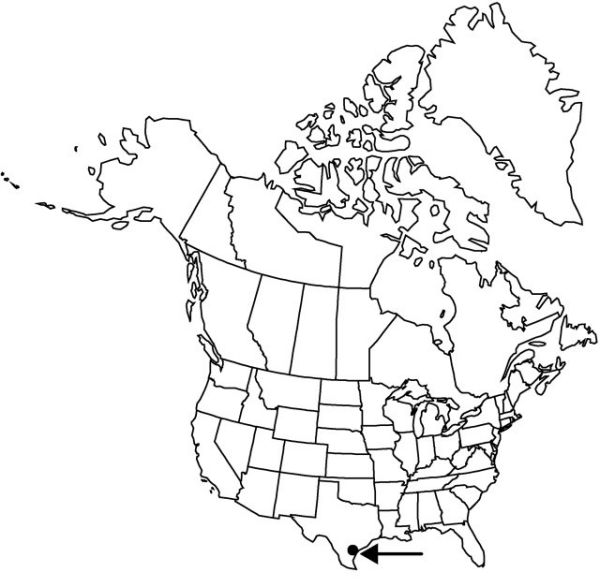Difference between revisions of "Zephyranthes jonesii"
Pl. Life 7: 42. 1951.
FNA>Volume Importer |
imported>Volume Importer |
||
| (3 intermediate revisions by 2 users not shown) | |||
| Line 6: | Line 6: | ||
|place=7: 42. 1951 | |place=7: 42. 1951 | ||
|year=1951 | |year=1951 | ||
| + | }} | ||
| + | |special_status={{Treatment/ID/Special_status | ||
| + | |code=E | ||
| + | |label=Endemic | ||
}} | }} | ||
|basionyms={{Treatment/ID/Basionym | |basionyms={{Treatment/ID/Basionym | ||
|name=Cooperia jonesii | |name=Cooperia jonesii | ||
|authority=Cory | |authority=Cory | ||
| + | |rank=species | ||
|publication_title=Field & Lab. | |publication_title=Field & Lab. | ||
|publication_place=18: 45. 1950 | |publication_place=18: 45. 1950 | ||
| Line 37: | Line 42: | ||
-->{{#Taxon: | -->{{#Taxon: | ||
name=Zephyranthes jonesii | name=Zephyranthes jonesii | ||
| − | |||
|authority=(Cory) Traub | |authority=(Cory) Traub | ||
|rank=species | |rank=species | ||
| Line 51: | Line 55: | ||
|publication title=Pl. Life | |publication title=Pl. Life | ||
|publication year=1951 | |publication year=1951 | ||
| − | |special status= | + | |special status=Endemic |
| − | |source xml=https:// | + | |source xml=https://bitbucket.org/aafc-mbb/fna-data-curation/src/2e0870ddd59836b60bcf96646a41e87ea5a5943a/coarse_grained_fna_xml/V26/V26_585.xml |
|genus=Zephyranthes | |genus=Zephyranthes | ||
|species=Zephyranthes jonesii | |species=Zephyranthes jonesii | ||
Latest revision as of 21:16, 5 November 2020
Leaf blade dull green, to 4.5 mm wide. Spathe 2.1–4 cm. Flowers erect; perianth pale lemon yellow, salverform to funnelform, 2–12.5 cm; perianth tube yellow with some green, 1.5–7.2 cm, diam. primarily uniform, ca. 2/3–3/4 perianth length, ca. 8–10 times filament length, longer than spathe; tepals often reflexed; stamens fasciculate, appearing equal; filaments subulate, 0.15–0.7 cm, apex acute; anthers 4–7 mm; style longer than perianth tube; stigma capitate, among to exserted beyond anthers; pedicel 0–0.6 cm, shorter than spathe. 2n = 48, 72.
Phenology: Flowering mid summer–early fall (Jul–Oct).
Habitat: Primarily low, sandy loam, open fields, swales, ditches, coastal bends
Elevation: 0–30 m
Discussion
Morphology, cytology, and distribution suggest that Zephyranthes jonesii, like Z. smallii, arose from hybridization between Z. pulchella (2n = 48) and Z. chlorosolen (2n = 48).
Selected References
None.
